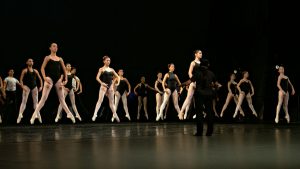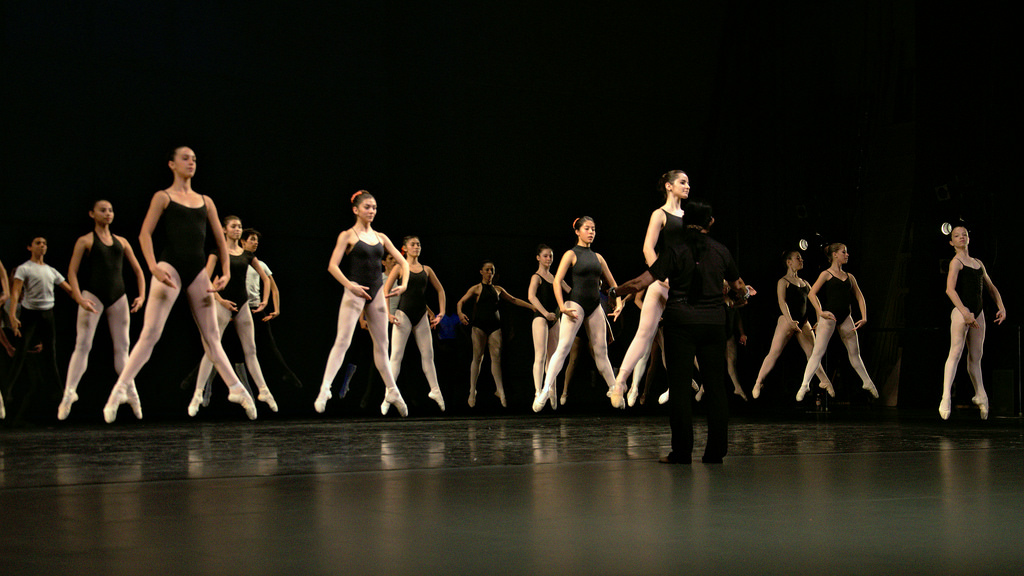 What Is Center In Ballet?
What Is Center In Ballet?
Center in ballet is the reward for all your hard and disciplined work at the barre. It is not that center work in ballet requires less effort, but it is far more exhilarating for the dancer, as this is when she feels she is really and truly dancing.
Center work is normally the part of the ballet class that the dancer leaves the barre and moves into the center of the room to dance independently of the barre.
Barre work is sometimes tedious as it concentrates on one type of exercise at a time. Center in ballet is a combination of different steps that are linked together. Center work in ballet allows the dancer to travel more, express herself more, use her epaulement and her head more and of course dance.
Every ballet class normally has at least one combination in the center, and it could be in the form of an adage, petit allegro, pirouette exercise or a grand allegro. In an hour class, the center is usually done for anything from a half hour to forty-five minutes. The purpose of center in ballet is to increase a dancer’s strength, flexibility, and balance.
The center section of the ballet class normally runs in the following order:
Port de Bras
This is so the dancer can learn to use her arms through the basic arm positions with grace and poise.
Tendus and Plies
Like at the bar, just without the support. The other difference here is the direction changes and transfer of weight sections are trickier.
Adage
Slow movements which usually require balancing on one leg. This section designed to increase strength and flexibility at the same time, as well as perfect technique.
Pirouettes
These are turning exercises, normally done by turning on one leg.
Petit Allegro
These are small quick jumps, working on warming up the feet and the jumps are normally just off the floor.
Allegro
In the allegro section, the jumps start to get bigger and also travel a bit more. Focus is still on speed rather than the height of the jump.
Grand Allegro
These are the large and traveling jumps, like the grand jete or split leap. The dancer needs to jump a lot higher in this section.
Some direction changes can be introduced here, as well as speed and precision of the foot work. Now the dancer needs to really concentrate on coordinating her arms and legs.
What A Dancer Needs To Contend With Doing Centre In Ballet
When a dancer moves into the center, these are some of the things that will challenge her:
- The downward pull of gravity when she jumps.
- Upward movements from the floor and how long she can remain there.
- Use of the floor, and friction as she moves sideways.
- The way in which she maintains contact with the floor.
- Finding her center of gravity, which enables her to balance better.
- Finding her center in pirouettes, and thus being able to turn without falling over.
- Training her body to ‘float’ through the air.
- Learning to balance on one leg and eventually on her big toe.
She has to think of all of the above and still manage to look graceful.
The center in ballet is normally concluded with a reverence (curtsey or bow) at the end of the class. This is a traditional gracious acknowledgment of your teacher, accompanist, and fellow dancers.
Video Example Of The RAD Syllabus Grade 4 Center Practice
This is one of the RAD center in ballet exercises. As you can see it is a mix of tendus, direction changes and preparation for turns.

